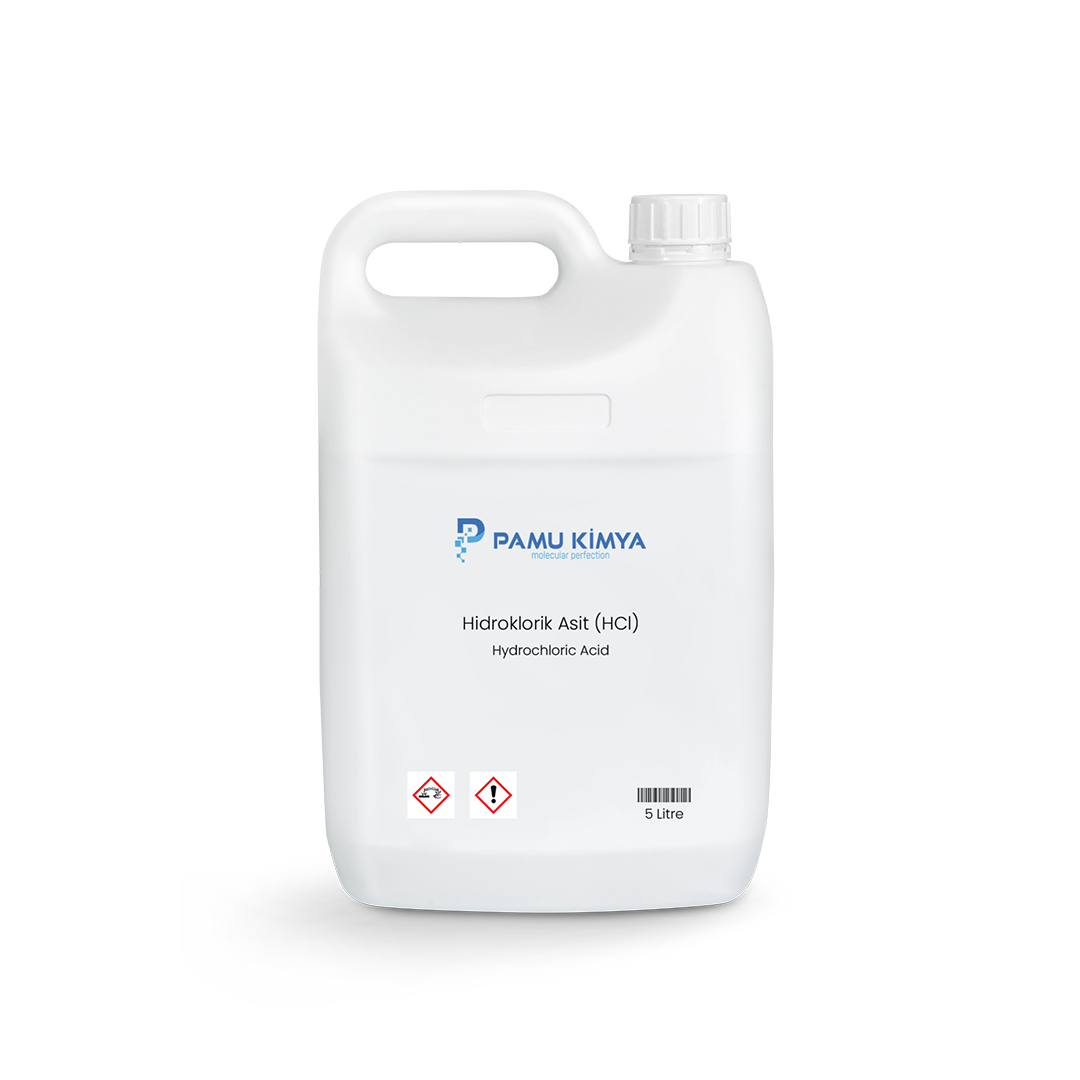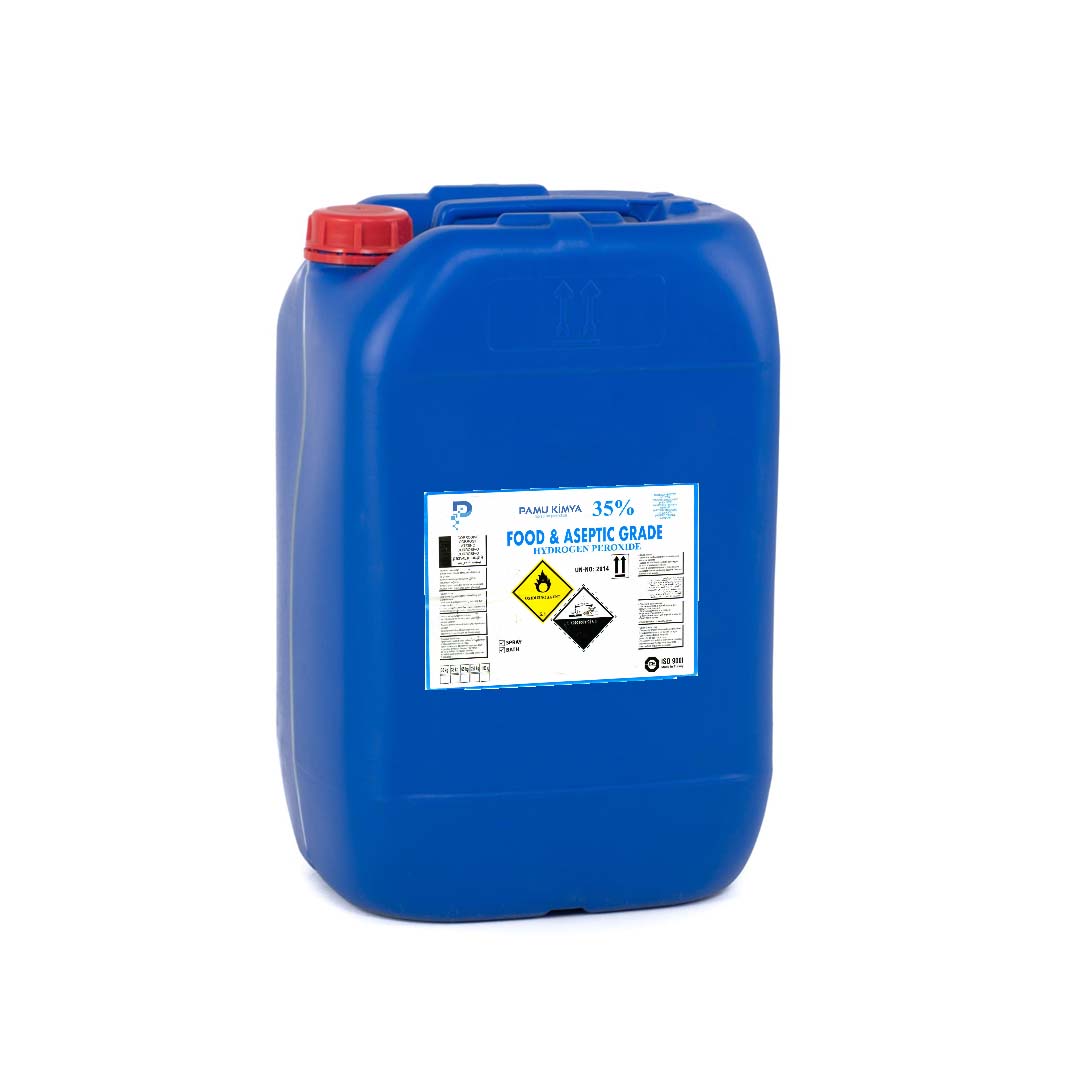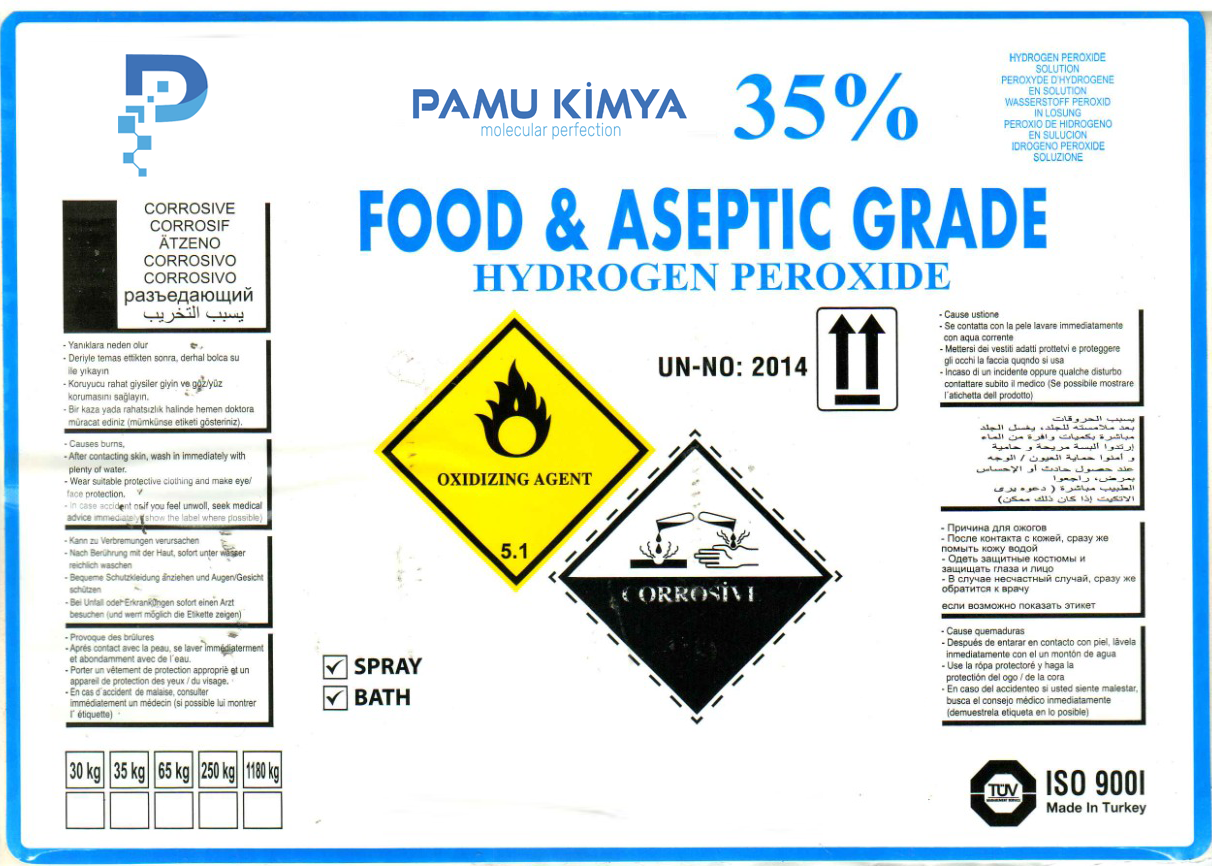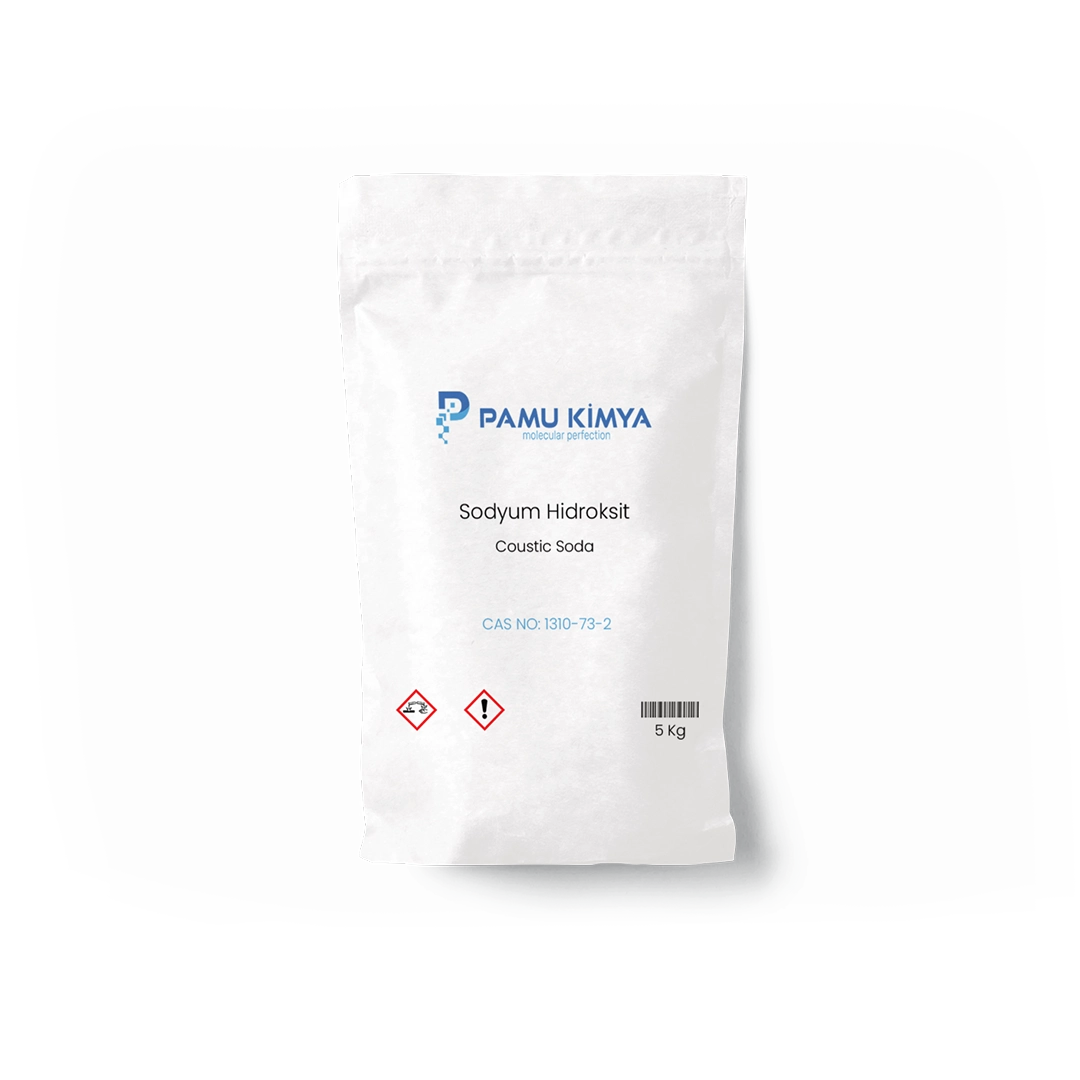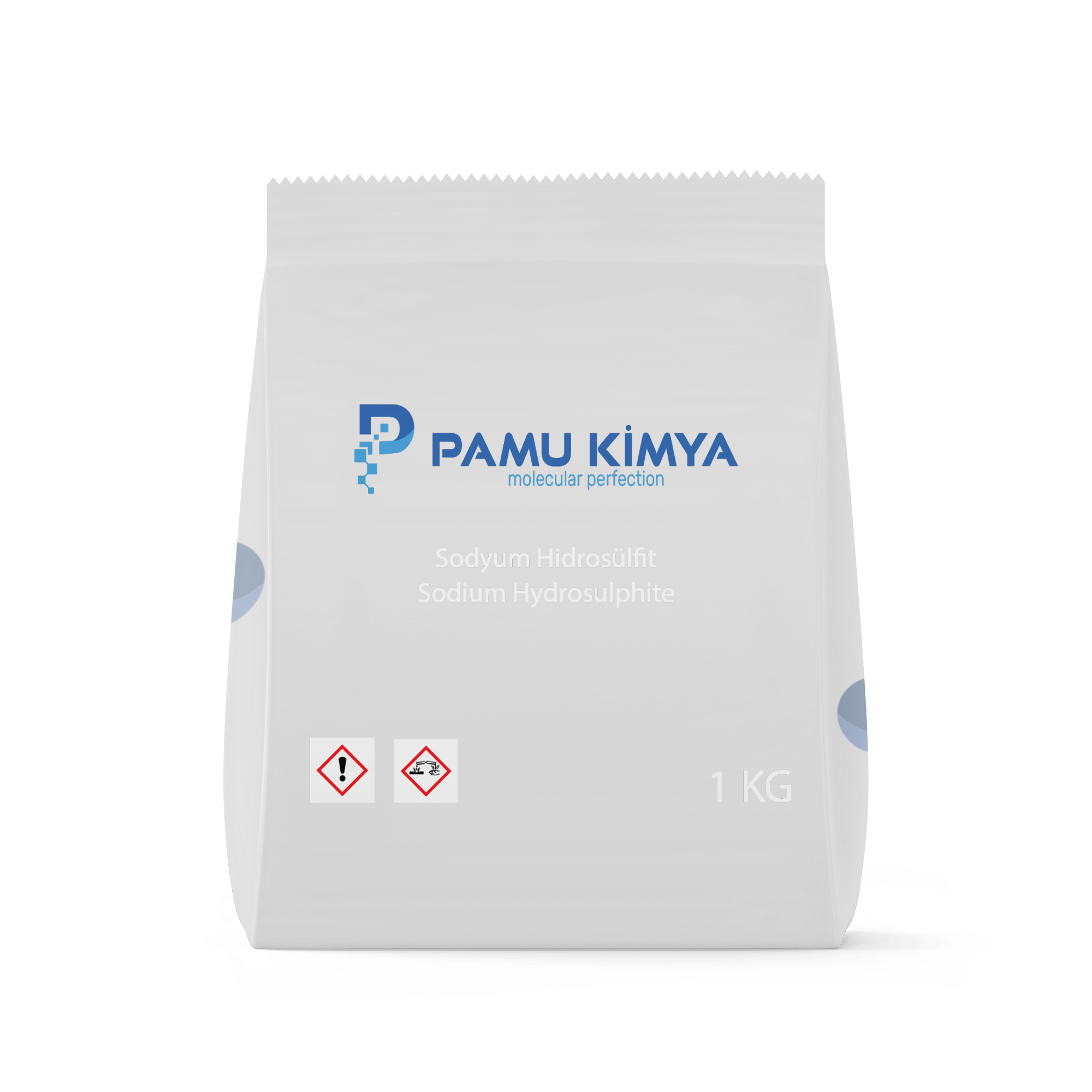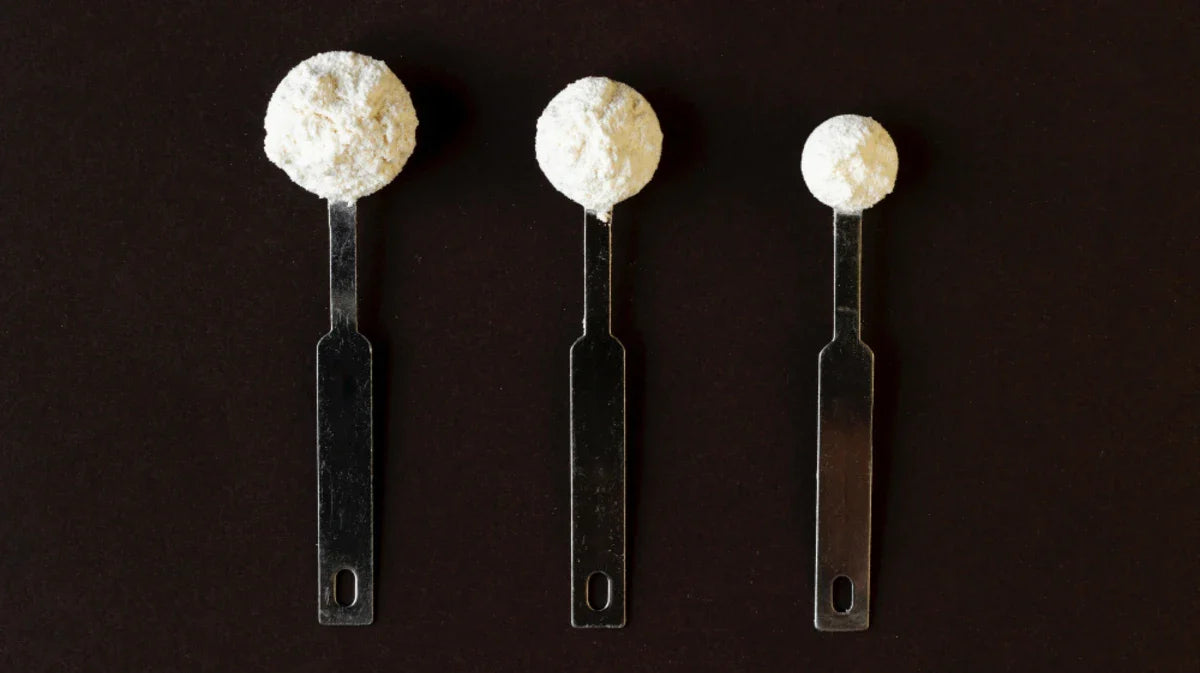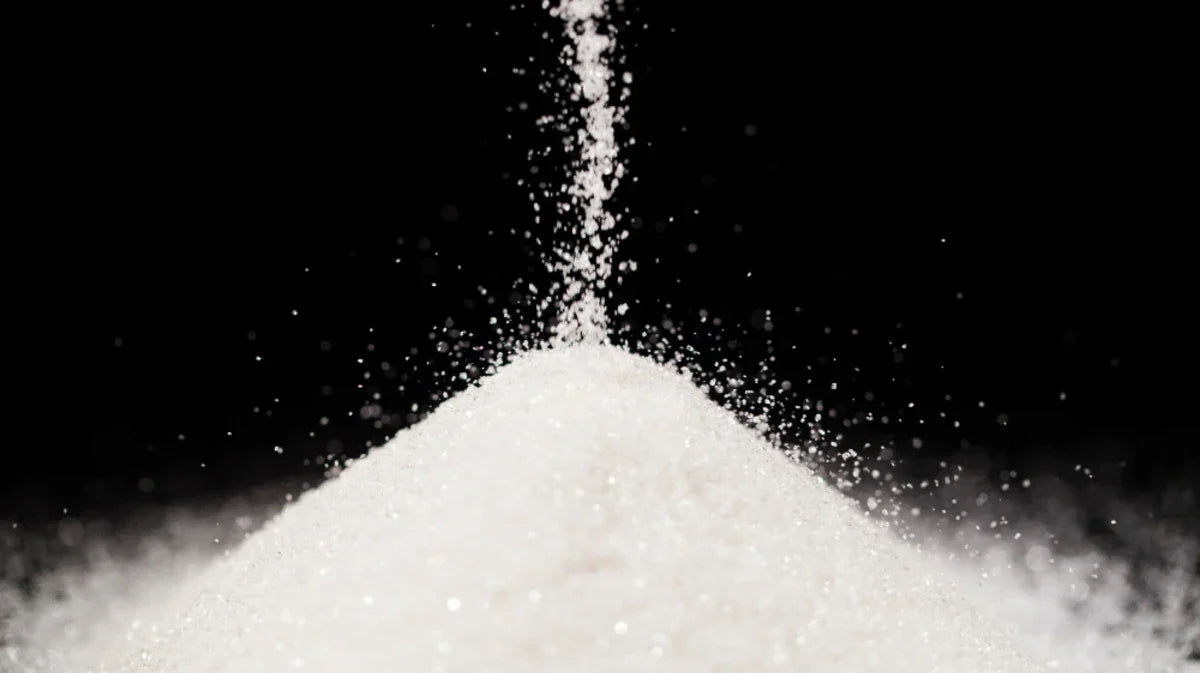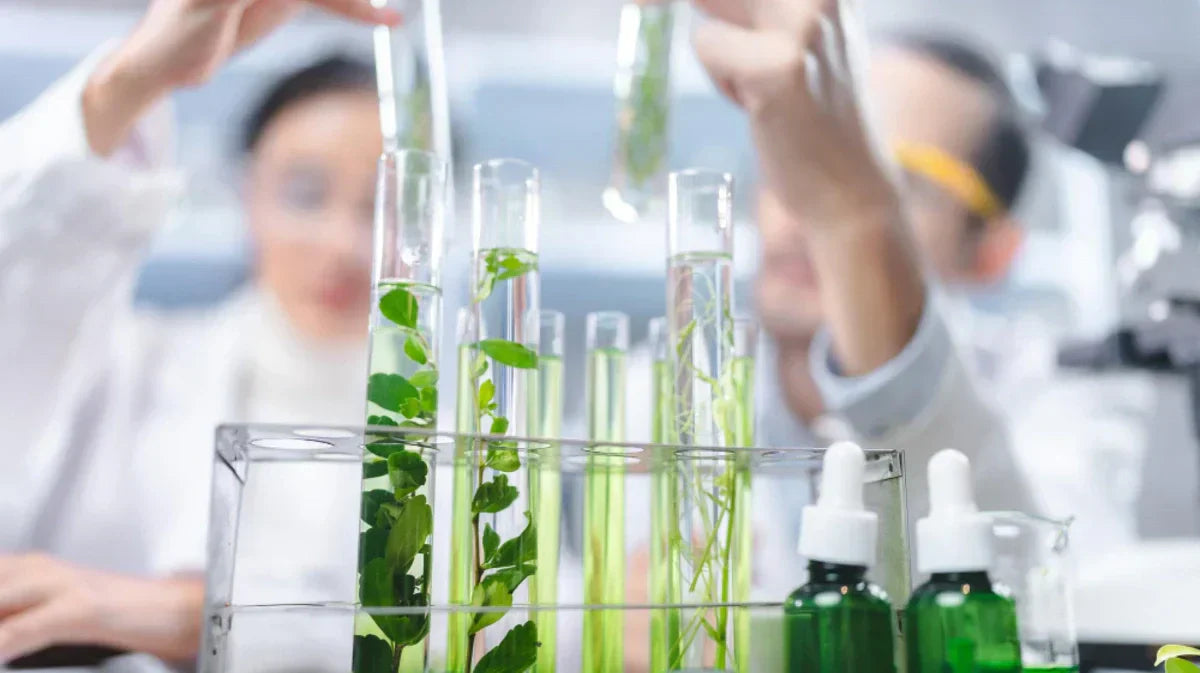
Organic and Inorganic Chemistry
Chemistry is a broad and dynamic branch of science that we encounter in every aspect of our lives. Chemistry is generally divided into two main branches: organic and inorganic chemistry. These two branches examine the structure, properties and reactions of compounds. As Pamu Kimya, we consider these two areas in detail, considering the importance of both organic and inorganic components in production.
1. What is Organic Chemistry?
Organic chemistry is a branch of science that studies compounds containing carbon . Due to carbon's ability to form four bonds, organic compounds are quite diverse and complex. This branch covers compounds of carbon that combine with other elements, especially hydrogen, oxygen, nitrogen, phosphorus and sulfur .
Areas of Use of Organic Chemistry
-
Pharmaceutical Industry : Many pharmaceutical products, such as antibiotics, painkillers and cancer drugs, consist of organic compounds.
-
Cosmetics and Personal Care : Shampoos, soaps, creams and perfumes are produced using organic chemistry.
-
Plastics and Polymers : Synthetic polymers such as nylon, polyester, and polyethylene are products of organic chemistry.
-
Food and Agriculture : Flavorings, preservatives, and pesticides contain organic compounds.
2. What is Inorganic Chemistry?
Inorganic chemistry is the branch of science that studies compounds that do not contain carbon or that do not form organic bonds . Generally , metals, minerals, salts, acids and bases are included in the inorganic compounds class.
Areas of Use of Inorganic Chemistry
-
Industry and Construction : Materials such as cement, glass and ceramics consist of inorganic compounds.
-
Electronics and Technology : Semiconductors, batteries, LEDs are inorganic chemistry products.
-
Cleaning Products : Bleach, detergents and disinfectants contain inorganic compounds.
-
Chemical Reactions and Catalysts : Catalysts used in the petrochemical and metallurgical industries consist of inorganic compounds.
3. Differences Between Organic and Inorganic Chemistry
| Feature | Organic chemistry | Inorganic Chemistry |
|---|---|---|
| Basic Elements | Carbon, hydrogen, oxygen, nitrogen | Metals, minerals, water, acids |
| Types of Compounds | Hydrocarbons, alcohols, esters, polymers | Oxides, sulfates, carbonates, salts |
| Durability | Generally sensitive to heat | More resistant to heat and pressure |
| Resolution | Most organic compounds are soluble in organic solvents | Generally water soluble |
| Areas of Use | Pharmaceuticals, cosmetics, plastics, food | Construction, industry, electronics, cleaning |
4. Importance of Organic and Inorganic Chemistry in Industry
Both organic and inorganic chemistry are critical to industry and daily life. As Pamu Kimya , we offer innovative solutions for the cosmetics and chemical sectors by utilizing the combination of these two fields. For example:
-
We develop skin-friendly cosmetic products containing organic ingredients .
-
We produce powerful and effective cleaning products derived from inorganic ingredients .
5. Organic and Inorganic Chemistry in the Future
As chemistry science develops rapidly, sustainability and environmentally friendly approaches are also gaining great importance. Thanks to green chemistry applications, areas such as biodegradable polymers, waste management and carbon capture technologies are developing.
Conclusion
In the world of chemistry, both organic and inorganic compounds play a critical role. As Pamu Kimya , we continue to develop quality and innovative products using both branches of chemistry. You can contact us to find the most suitable solutions for your sector and benefit from the unlimited possibilities offered by chemistry.
If you want to explore the opportunities offered by the world of chemistry and take your business one step further, do not hesitate to contact us!



